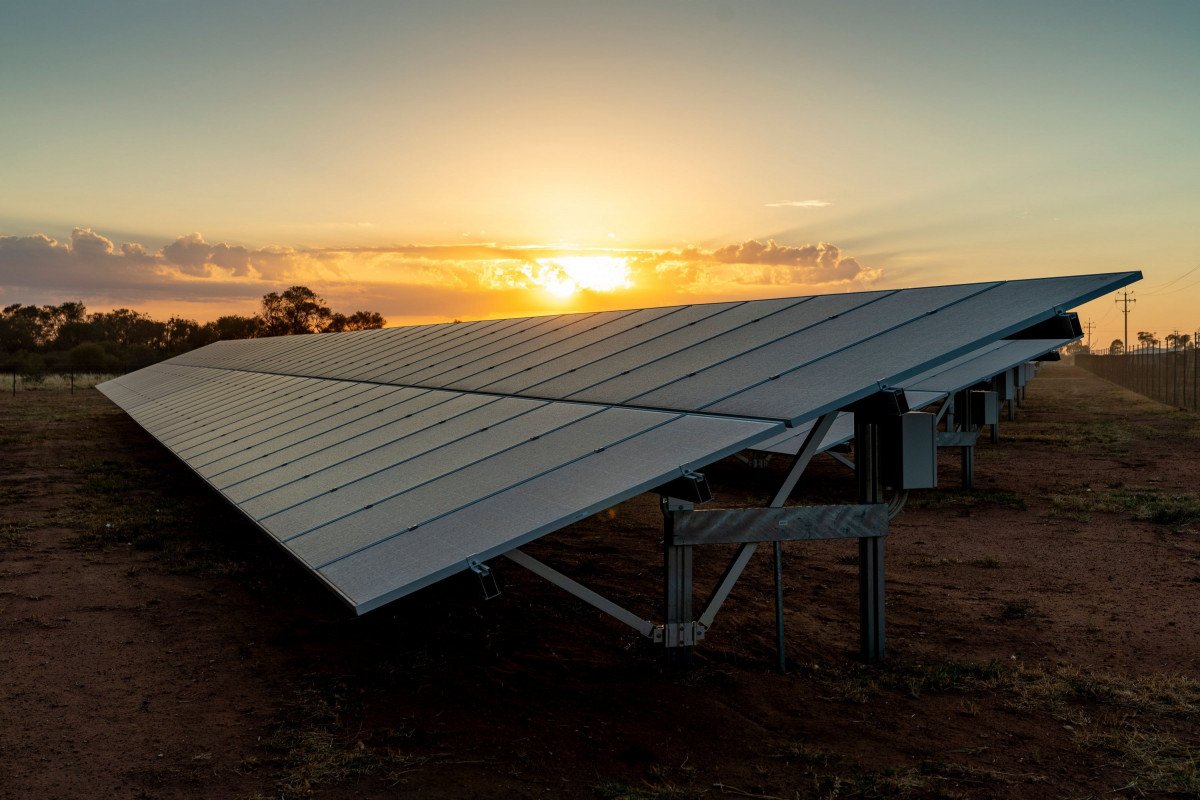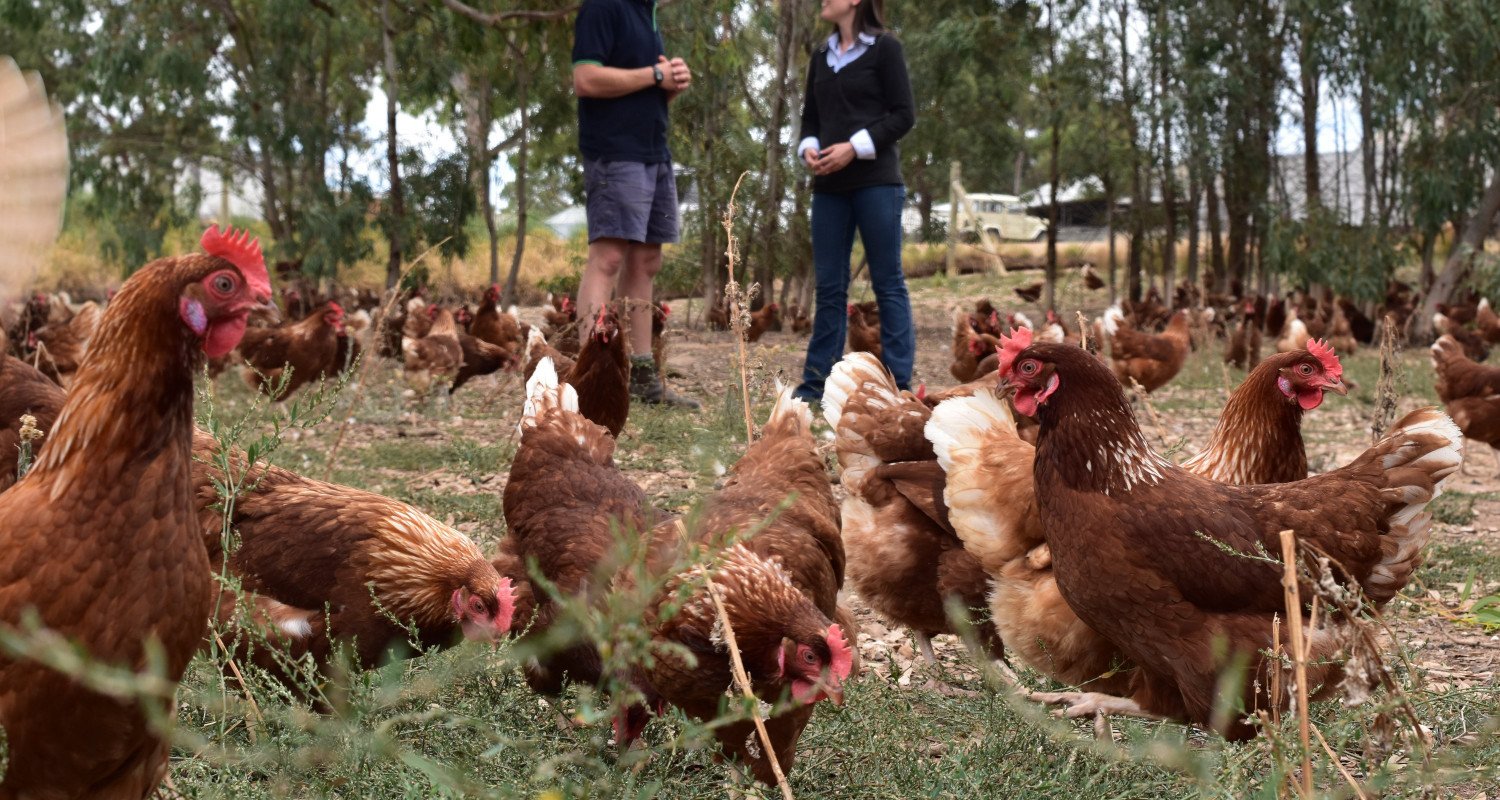
Egg and chicken meat industries create roadmap to carbon neutral
Egg and chicken meat industries create roadmap to carbon neutral
- Publication
- Categories
- Reading time 2 minutes

The more than 20 million Australians who regularly eat chicken and eggs will soon lower their dietary carbon footprint thanks to a new carbon neutral project from Australia’s poultry industries.
The research, which is a joint partnership between Australian Eggs and AgriFutures Australia, is one of the most comprehensive carbon footprint assessments ever conducted in Australian agriculture.
Lead researcher, Dr Stephen Wiedemann, said the last carbon footprint assessment of Australia’s poultry industries was conducted over a decade ago and he believes recent improvements could see carbon neutral chicken and eggs being produced at a modest cost in the near future.
“The first step before identifying pathways to carbon neutrality is to conduct a comprehensive carbon footprint of the entire supply chain, from the planting of the grain that chickens eat to the packaging and transport of the final product,” Dr Wiedemann said.
“Once you have that all-important baseline for the entire industry, you can test the impact of steps individual farms are taking to lower their footprints and then identify ways to mitigate whatever emissions remain.”
“In the case of poultry farms that already have a relatively low carbon footprint, it should be possible to offset the residual emissions and get to carbon neutral,” he said.
Managing Director of Australian Eggs, Rowan McMonnies, said preliminary modelling had shown carbon neutral eggs could be produced for as little as an extra few cents per dozen.
“The egg industry has made huge environmental improvements in recent years, from solar powered farms, to better hen genetics, and sophisticated composting regimes that turn byproducts into organic fertiliser,” Mr McMonnies said.
“These changes have been made for both economic reasons and good environmental stewardship but given the carbon footprint reductions already achieved by some farms, it makes sense to investigate the ways to get to carbon neutral.”
As an average Australian eats more than 60 kilograms of chicken meat and eggs per year, Managing Director of Agrifutures Australia, John Harvey, said this is a significant project for people interested in dietary carbon footprint.
“Chicken is the most consumed meat in Australia by some margin and per capita consumption has increased ten-fold over the last 50 years,” Mr Harvey said.
“While we are already a low emissions protein, the sheer volume of chicken in the national diet means anything we do to lower our footprint will have a significant impact.”
“Chicken meat producers around the country are looking forward to seeing the pathways to carbon neutrality options for them at the conclusion of this project.”
A pilot program will be run as part of the research to develop an auditable carbon neutral product for both eggs and chicken meat under the Australian Government Climate Active program.
ENDS
Media enquiries
Hannah van Otterloo, Illuminate Communications
M. 0432 053 937
E. [E-Mail not displayed]
 >
> 
